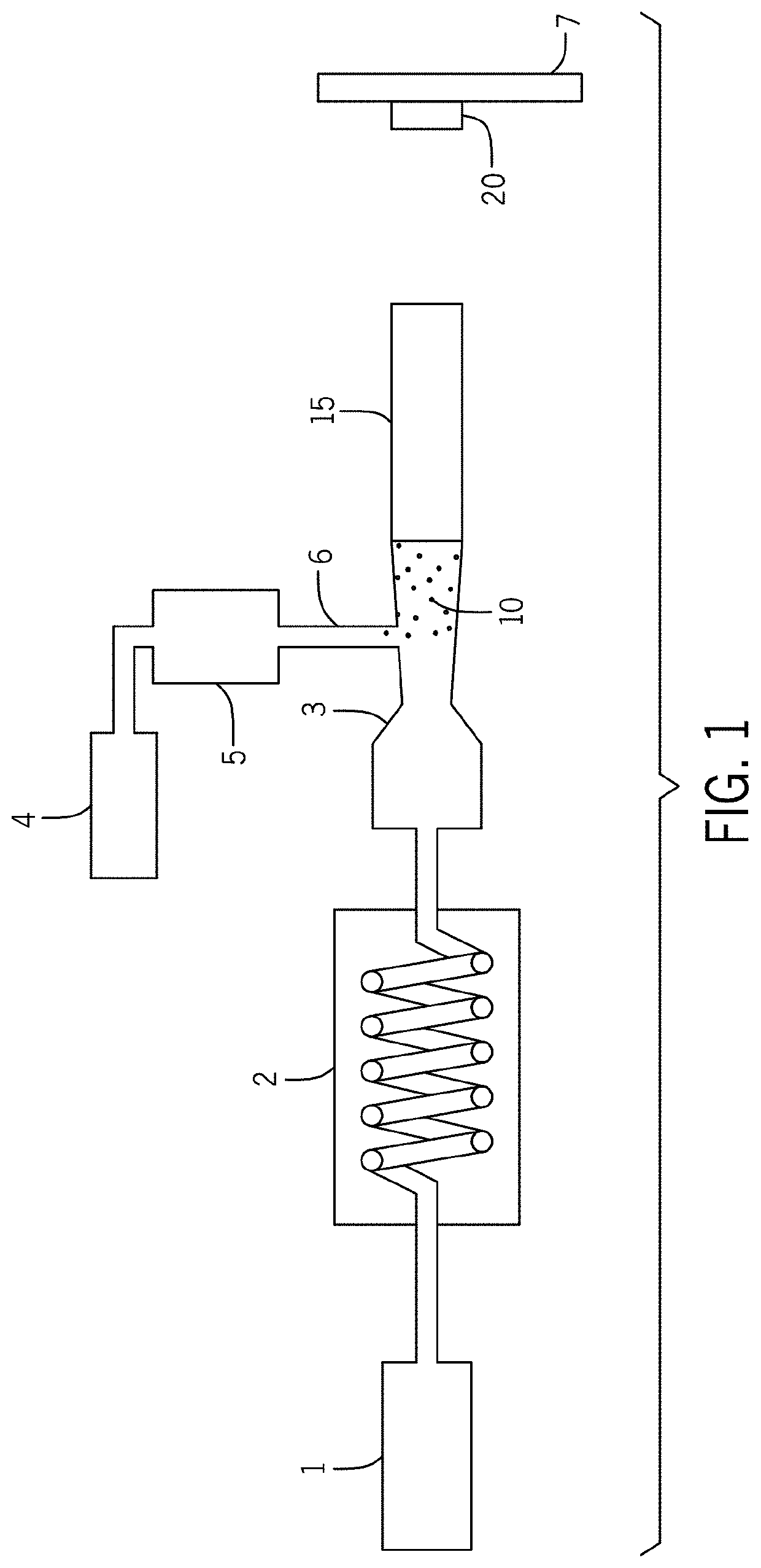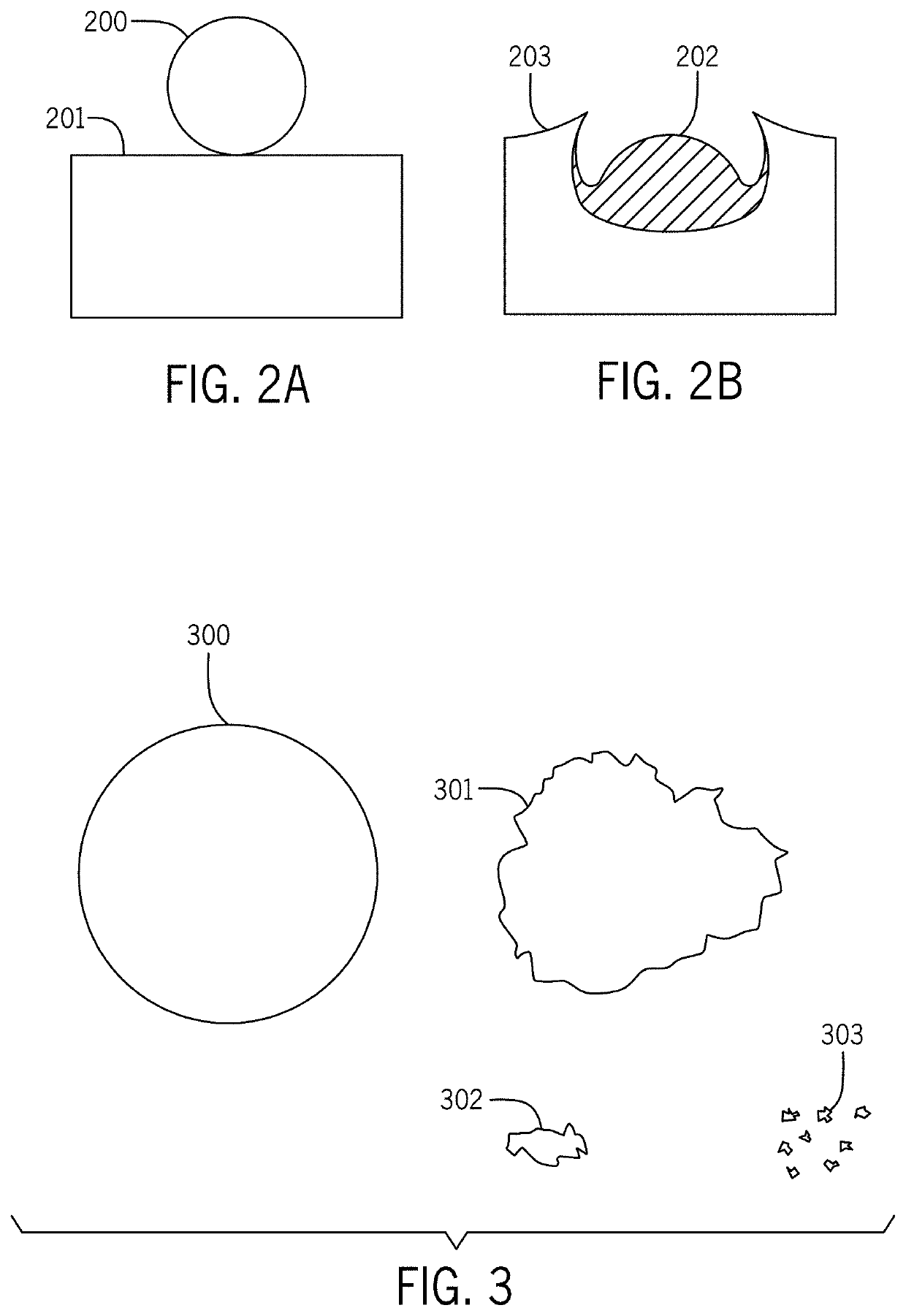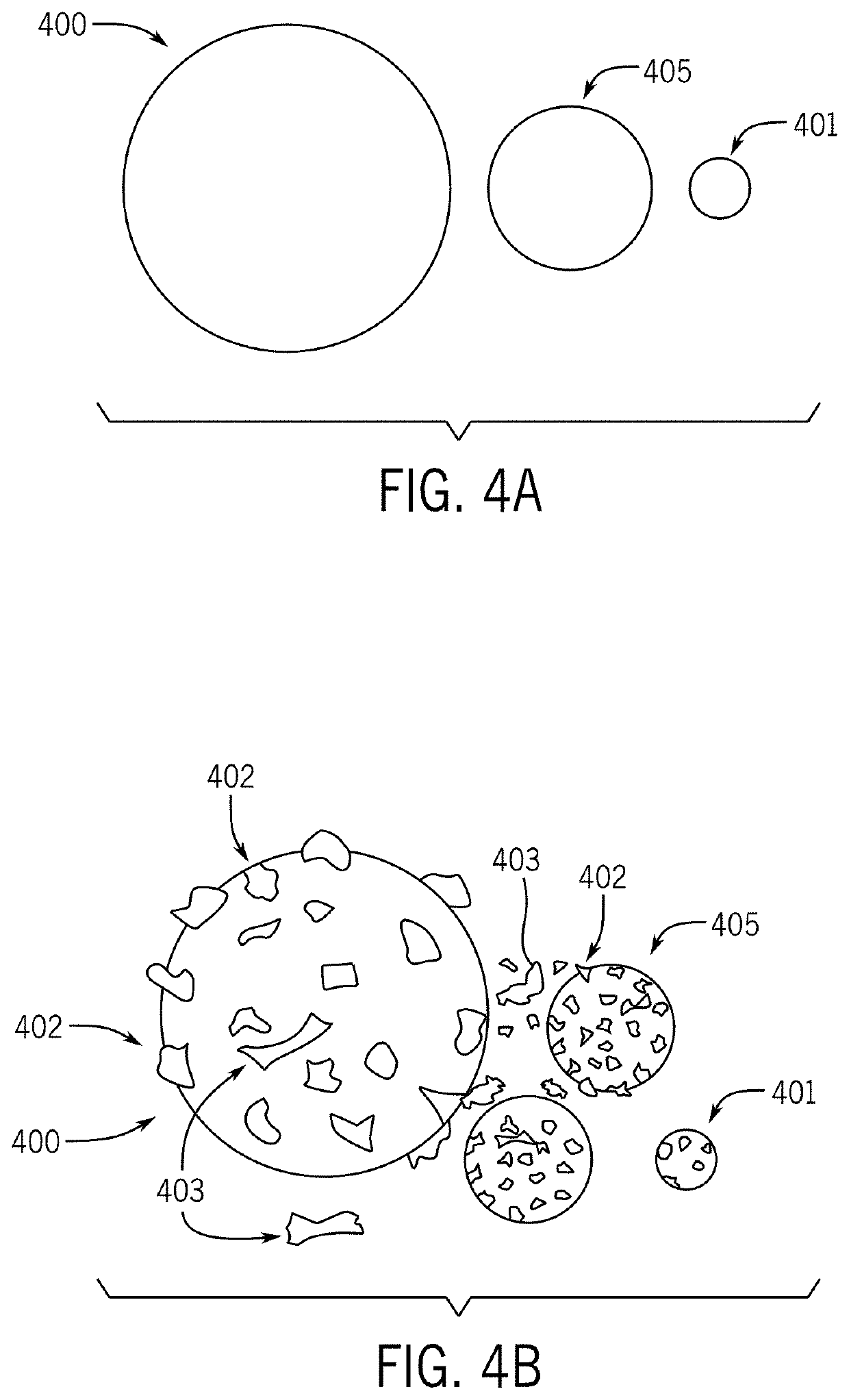Apparatus, and process for cold spray deposition of thermoelectric semiconductor and other polycrystalline materials and method for making polycrystalline materials for cold spray deposition
a technology of thermoelectric semiconductor and other polycrystalline materials, applied in the direction of thermoelectric device junction materials, thermoelectric device manufacturing/treatment, pressure inorganic powder coating, etc., can solve the problems of difficult integration into waste heat sources, waste heat, and little attention, and achieve the effect of enhancing the cold spray deposition of thermoelectric semiconductors and enhancing the cold spray deposition of crystalline materials
- Summary
- Abstract
- Description
- Claims
- Application Information
AI Technical Summary
Benefits of technology
Problems solved by technology
Method used
Image
Examples
Embodiment Construction
[0024]Supersonic cold spray process can be used extensively for the deposition of metallic materials including aluminum, copper, nickel, and many others metals and their alloys.
[0025]The process can be used for a variety of applications including metals repair, corrosion control, and the application of hardened surface coatings. Optimization of the final deposited material is achieved by the selection of numerous powder material, equipment, and supersonic cold-spray process parameters.
[0026]FIG. 1 is a high-level diagram of one type of equipment currently used for the cold spray deposition of metallic materials. A gas 1 such as, air, nitrogen or helium is pressurized in the range of from 0.5-3.5 MPa. This pressurized gas 1 is directed into a heater 2 and is heated to 300-550 degrees centigrade. This gas is then directed through a converging-diverging nozzle 3 with a throat diameter between 2.0 millimeter and 2.5 millimeter where the gas 1 is accelerated to supersonic velocity. In th...
PUM
| Property | Measurement | Unit |
|---|---|---|
| particle diameter | aaaaa | aaaaa |
| particle diameter | aaaaa | aaaaa |
| pressure | aaaaa | aaaaa |
Abstract
Description
Claims
Application Information
 Login to View More
Login to View More - R&D
- Intellectual Property
- Life Sciences
- Materials
- Tech Scout
- Unparalleled Data Quality
- Higher Quality Content
- 60% Fewer Hallucinations
Browse by: Latest US Patents, China's latest patents, Technical Efficacy Thesaurus, Application Domain, Technology Topic, Popular Technical Reports.
© 2025 PatSnap. All rights reserved.Legal|Privacy policy|Modern Slavery Act Transparency Statement|Sitemap|About US| Contact US: help@patsnap.com



